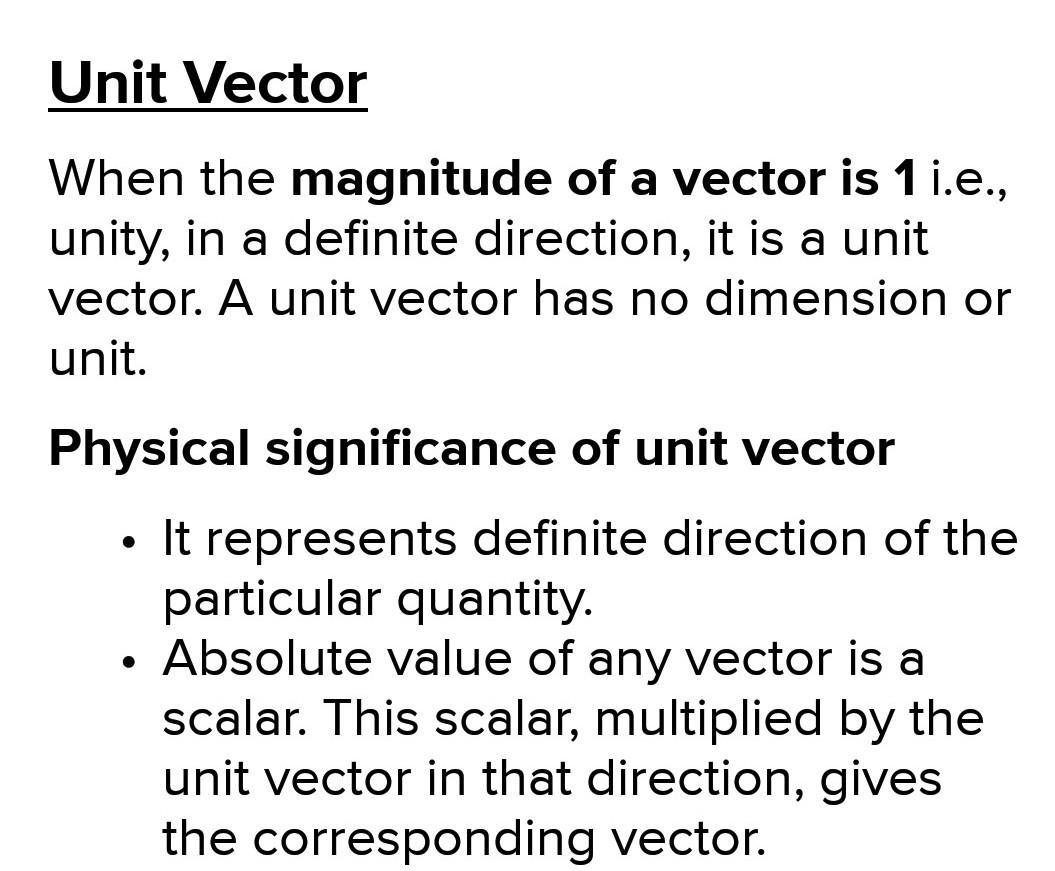17. A hydraulic lift is designed to lift heavy objects of maximum mass 2000 kg. The area of the cross section of the piston carrying the load is 2.25 x 102 m². What is the maximum pressure the smaller piston would have to bear?
-
Subject:
Physics -
Author:
elvisbarrera -
Created:
1 year ago
Answers 2
Answer:
Pressure on the piston=
A/F
Force F=m×a
=2000×9.8
Area of cross section A=2.25×[tex]10^{-2} m^{2}[/tex]
Therefore the pressure P=
(2.25×[tex]10^{-2}[/tex] )/(2000×9.8)
P=0.8711×10 Pascal
plz mark as brainliest
-
Author:
princegg0s
-
Rate an answer:
1
Given
Mass (m) = 2000 kg
Area of cross-section (A) = 2.25 × [tex]10^{-2}[/tex] [tex]m^{2}[/tex]
Acceleration due to gravity (a) = 9.8 m/[tex]s^{2}[/tex]
To find
The maximum pressure (P) that the smaller piston can bear.
Solution
In order to solve this question correctly and easily, we can follow the given steps.
From what knowledge we have of this chapter in Physics we know that to calculate the pressure we first have to find the force (F).
We are going to use the value of acceleration due to gravity as 9.8 m/[tex]s^{2}[/tex] because it has not been stated otherwise.
So,
Force (F) = m × a
= 2000 kg × 9.8 m/[tex]s^{2}[/tex]
= 19600 N
Thus, the force has been calculated to be 19600.
We know that,
Pressure (P) = [tex]\frac{F}{A}[/tex]
= [tex]\frac{19600}{2.25*10^{-2} }[/tex]
= 0.8711 × [tex]10^{6}[/tex] [tex]\frac{N}{m^{2} }[/tex]
Thus, the maximum pressure the smaller piston would have to bear will be 0.8711 × [tex]10^{6}[/tex] [tex]\frac{N}{m^{2} }[/tex].
-
Author:
méndezspdd
-
Rate an answer:
8

